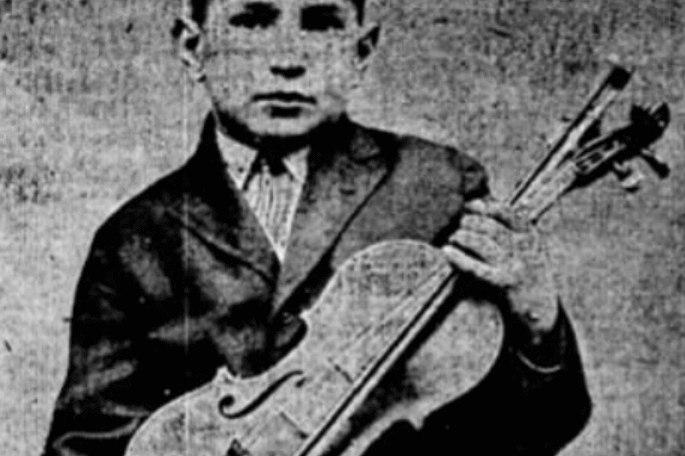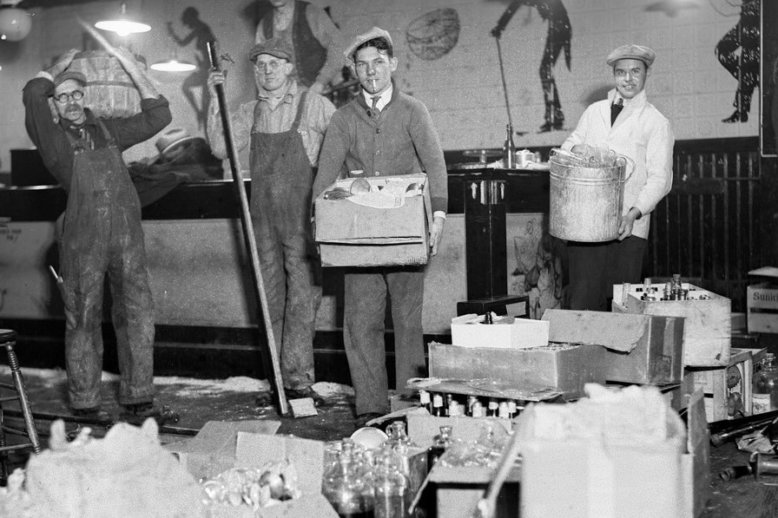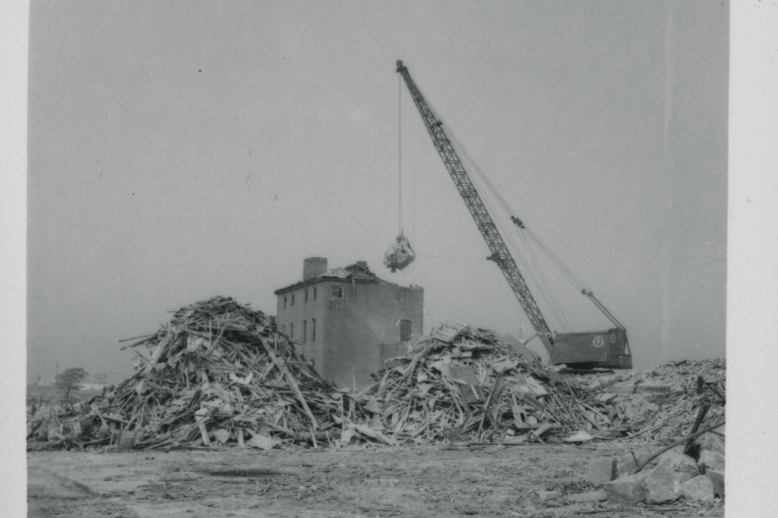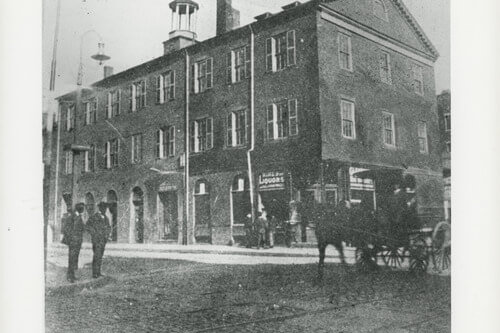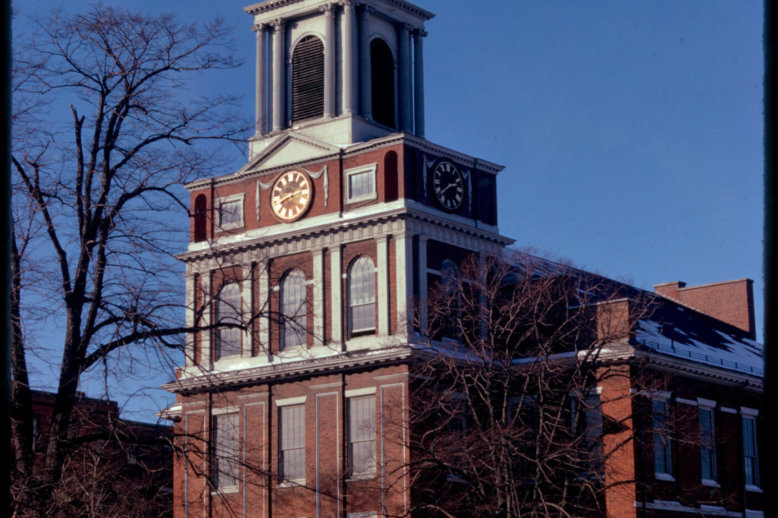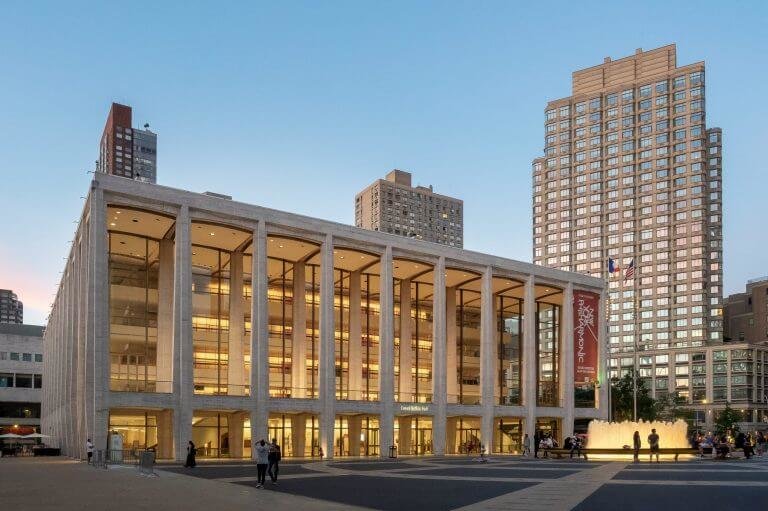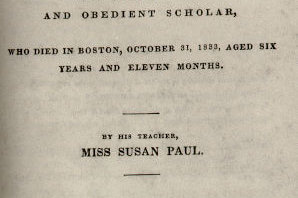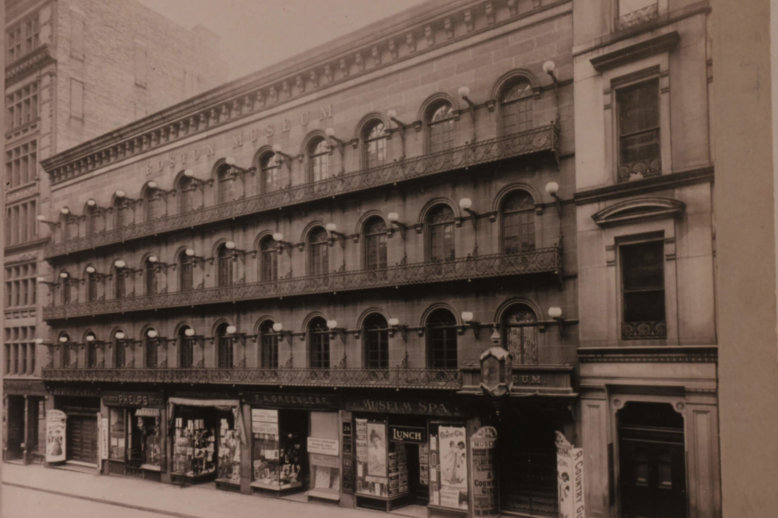The Boston Music School Settlement
Settlement houses were a valuable resource for immigrant families, providing them educational and health services, and practical support in adapting to their new country. Some settlement houses offered specialized services, such as music school settlements, which gave children and adults an opportunity to escape the daily struggles of city life by engaging with the arts.

